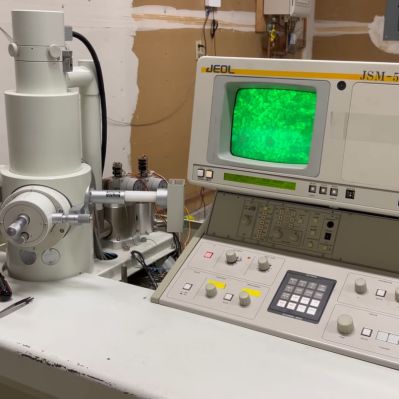Playing Star Wars Outlaws sparked an idea with [3DSage]: why not recreate the game’s wrist communicator as a functioning gadget? Inspired by the relatively simplistic design, he and his friend Ben set out to build their own device to take to Galaxy’s Edge in Disneyland. Armed with an arsenal of tools—3D printers, CNC machines, and soldering irons—he aimed to turn imagination into reality.
After ordering multiple walkie-talkies, they meticulously tested each one for audio quality, circuit board size, and compatibility with custom components. The ‘world’s tiniest walkie-talkie’ had potential but demanded creative modifications, including disassembling and resoldering components. They crafted their own circuit board and designed a 3D printed housing to fit both electronics and style. For the finishing touch, they weathered the device with paints and even glow-in-the-dark accents, making it authentic to the Star Wars universe. Even Chewbacca himself gave one a thumbs-up!
Weathering goes a long way towards creating a convincing prop — it can turn a bundle of pipes and some foam blocks into a movie-ready WWII machine gun.
Continue reading “Walkie Talkies, Jedi Style: Building A Communicator”



















